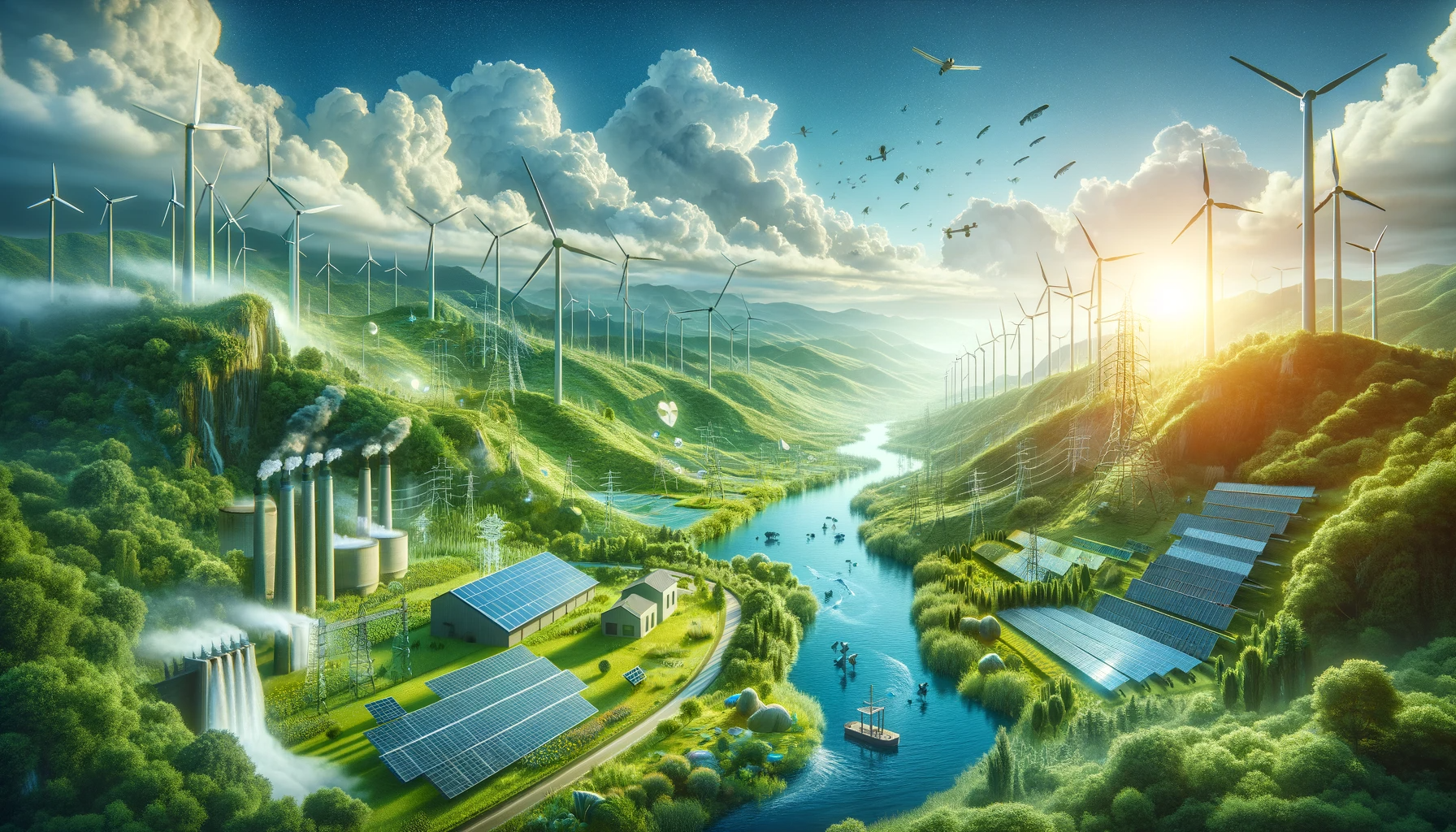In 2015, the United Nations (UN) General Assembly established an ambitious framework known as the Sustainable Development Goals (SDGs), designed to address the globe’s most pressing socio-economic and environmental challenges. The SDGs encompass a broad spectrum of 17 interconnected goals, aimed at promoting prosperity while safeguarding the planet, and they are universally applicable to all nations (United Nations, 2015).
The SDGs replaced the Millennium Development Goals (MDGs), building on their successes while incorporating lessons learned from their shortcomings. Unlike the MDGs, which primarily addressed developing countries, the SDGs are comprehensive, encompassing goals that apply to all countries, irrespective of their development status (Sachs, 2012). This global inclusivity underscores the interconnectedness of our world, where progress in one region can significantly impact another.
One key aspect of the SDGs is their focus on inclusivity and ‘leaving no one behind.’ This commitment emphasizes the goals of reducing inequalities (SDG 10), promoting gender equality (SDG 5), and ensuring inclusive and equitable quality education (SDG 4). These goals align with the human rights-based approach, recognizing that reaching the most marginalized and disadvantaged groups is not only morally correct but is also critical for sustainable development (OHCHR, 2018).
Furthermore, the SDGs integrate economic, social, and environmental dimensions of sustainability. For instance, the goal of decent work and economic growth (SDG 8) dovetails with responsible consumption and production (SDG 12), emphasizing that economic progress should not compromise environmental sustainability. Likewise, the goals of clean water and sanitation (SDG 6) and climate action (SDG 13) highlight the intrinsic connection between environmental health and human well-being (UNDP, 2020).
In addition, the SDGs underscore the necessity of partnerships (SDG 17). The realization of these goals necessitates cooperation among governments, the private sector, civil society, and individuals. This collaborative approach acknowledges that addressing global challenges is beyond the capacity of any single entity (United Nations, 2015).
In conclusion, the SDGs offer a comprehensive blueprint for global development efforts until 2030. The goals embody a universal, inclusive, and integrative framework, emphasizing social equity, economic prosperity, environmental sustainability, and partnerships. Their achievement will necessitate an unprecedented global commitment and coordinated effort.
References
- Sachs, J. D. (2012). From millennium development goals to sustainable development goals. The Lancet, 379(9832), 2206-2211.
- OHCHR. (2018). Leaving No One Behind: The Imperative of Inclusive Development.
- United Nations. (2015). Transforming our world: the 2030 Agenda for Sustainable Development.
- UNDP. (2020). Human Development Report 2020: The Next Frontier: Human Development and the Anthropocene. United Nations Development Programme.


